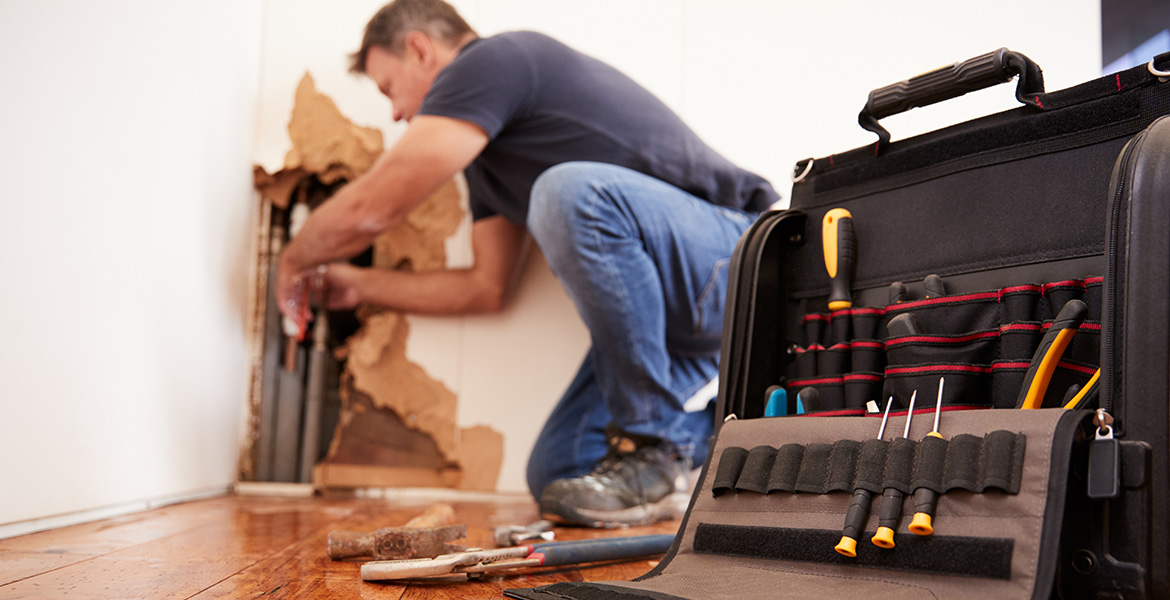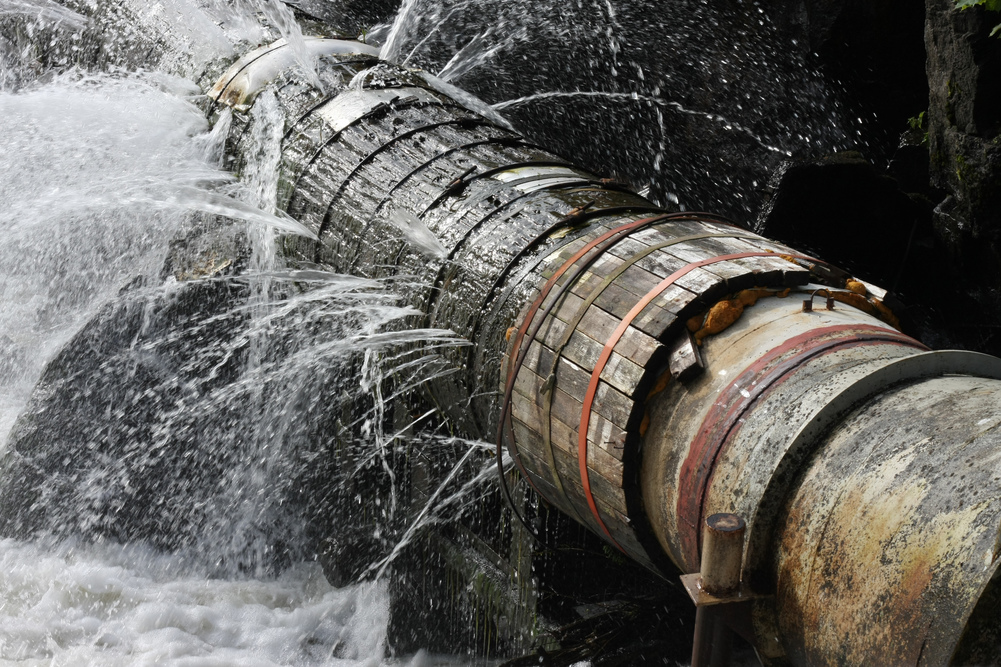The Art of Swift Response: Detecting as well as Repairing a Ruptured Pipe
The Art of Swift Response: Detecting as well as Repairing a Ruptured Pipe
Blog Article
Do you find yourself trying to find insight on How to Prepare for Your Dishwasher Installation?

A burst pipeline is a significant emergency; you can just stand as you view water you pay very much to rejoin with the earth. In even worse cases, you discover a swimming pool on your cooking area floor, which is a terrific journey hazard, particularly if you have youngsters around. If the pipeline that ruptured was in your walls, trouble: you might require to repaint that entire area.
Just how can a calamity like a burst pipeline be protected against and managed? Well, by listening to your expert emergency plumbing technicians and following these policies.
Just how do I recognize when my pipes have burst?
Changing water stress
Pipes do not simply burst in a day. You may have observed that your cooking area faucet or shower doesn't run instantly when you turn the faucet. It may stop briefly for a couple of secs and then blast you with more force than typical.
In other circumstances, the water might appear regular in the beginning, then drop in pressure after a few seconds.
Wet wall surfaces and water discolorations
Prior to a pipeline ruptureds, it will certainly leakage, most times. If this persistent leaking goes unnoticed, the leak may graduate into a broad laceration in your pipe. One simple method to avoid this emergency is to watch out for damp wall surfaces ad water spots. These water spots will certainly lead you right to the leakage.
Puddles under pipelines and also sinks
When a pipeline ruptureds, the discharge creates a pool. It might show up that the puddle is growing in size, and no matter how many times you mop the pool, in a couple of mins, there's an additional one waiting to be cleaned up. Commonly, you might not be able to map the pool to any type of visible pipes. This is a sign to call an expert plumber.
Untraceable leaking noises
Pipe ruptureds can take place in the most undesirable areas, like within concrete, inside wall surfaces, or under sinks. When your home goes silent, you may have the ability to listen to an irritatingly persistent dripping sound. Also after you've checked your shower head and cooking area tap, the dripping might proceed.
Dear reader, the leaking may be originating from a pipeline inside your walls. There isn't much you can do concerning that, other than inform a professional plumber.
Shut off the Water
When water ices up, it broadens in volume by about 9 percent. And also it broadens with tremendous pressure: The pressure inside pipelines may go from 40 extra pounds per square inch to 40,000 psi! No pipeline can hold that much pressure, so it bursts. The break may occur where the ice kinds, however more often, it happens where water pressure discovers a weak spot in the pipeline. That may be inches or perhaps feet from the icy area. Locate the water shutoff valve as well as turn off the water to avoid more damages. You might likewise require to turn off the electricity too, depending upon where the leaks happens and exactly how big it is.
Infected water
Many people think a ruptured pipe is a one-way electrical outlet. Quite the contrary. As water spurts of the hole or laceration in your plumbing system, contaminants discover their method.
Your water may be infected from the source, so if you can, examine if your water tank has any kind of problems. Nevertheless, if your drinking water is provided and purified by the city government, you need to call your plumber instantly if you see or scent anything funny in your water.
What do I do when I identify a burst pipeline?
Your water meter will remain to run even while your water wastes. To reduce your losses, locate the main controls and also turn the supply off. The water mains are an above-ground structure at the edge of your residential property.
How to Fix & Detect a Leaking Pipe
How Do I Know if a Pipe is Leaking?
Leak detection tests can help you determine if your pipe has a leak. Even if you don’t see an apparent leak, you should still conduct leak detection tests regularly to save water and money—and prevent major damage to your home.
Water meter. It can be helpful to figure out what your usual water meter usage numbers are and then monitor them regularly. To monitor your meter, first, turn off all water faucets in your home. Check the meter and write down the numbers. In a few hours, check the meter again. If the numbers have changed, you have a leak. Water gauge. Use a water gauge to test your water pressure. Your showerhead should produce a certain amount of water pressure based on its model and design. If the pressure is lower than it is supposed to be for that specific showerhead, your home likely has a leak. Puddles. Look inside your bathroom, laundry, and kitchen sink cabinets. Puddles around the cabinets or around toilets, tubs, showers, and washing machines indicate the presence of a leaking pipe. You may also notice loose tiles, peeling or flaking paint, or mold caused by water accumulation. Napkin test. Even if you don’t see any puddles, you may still have a leak. You can test for water leaks in the bathroom, laundry, and kitchen by wiping below-sink connections with a napkin, paper towel, or piece of toilet paper. If it becomes damp, you probably have a leaking pipe under the sink. Discolored walls. Walls that are discolored—usually with brown or yellow stains—or bulging might mean that they have been impacted by water damage caused by a leaking pipe. Smell. A leaky pipe will create sitting water, and over time, that water may develop a musty smell. If your home smells musty, but you can’t locate the source, it may be due to a leak. Steps for Fixing a Leaking Pipe
A leaky drain can be remedied by tightening the pipe base, replacing the drain seal, caulking the rim, and tightening the pipe nut. Similarly, a leaking toilet pipe can be treated by tightening the packing nut. You may also need to replace the valve. A leaky faucet may just need tightening or replacement of the washers. If that doesn’t work, consider replacing your faucet. If your pipe has a hole in it, you may want to use a pipe leak sealer or pipe leak tape. This quick fix for water pipe leaks can also temporarily fix a copper pipe leak. https://www.ahs.com/home-matters/quick-tips/how-to-tell-if-pipes-are-leaking/

I found that review on How to install a dishwasher safely while doing a search on the search engines. For those who enjoyed reading our post please don't forget to share it. We cherish reading our article about How to Install and Connect a New Dishwasher.
Show Details
Report this page